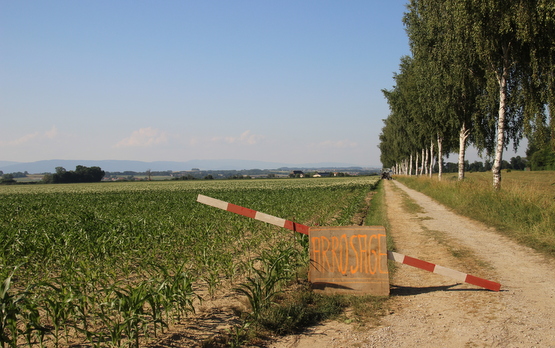The preservation of multifunctionality is enshrined in the Constitution as an aim of Swiss agricultural policy (Art. 104 of the Swiss Constitution). Sustainable, market-oriented production is meant to contribute to security of supply, the preservation of natural resources and maintenance of the cultivated landscape. Climate changes have a significant influence on agroecosystem functioning, and can have a strong adverse effect on the preservation of multifunctionality over the long term. Existing land-use conflicts can either be intensified or reduced. The aim of Agroscope’s work within the context of the BiodivERsA/FACCE-JPI-Project TALE (Towards multifunctional agricultural landscapes in Europe: Assessing and governing synergies between food production, biodiversity, and ecosystem services) was to investigate how changes in climate in combination with possible land-use changes affect various agroecosystem indicators. For the Broye catchment in southwest Switzerland, different agroecosystem indicators were taken into account here (i.e. yields, low flows, sediment yields, nitrate concentrations in water, and the biodiversity of vascular plants in grassland).
The results of the integrated model study show that with climate change, water availability decreases – especially during summer months – and nitrate concentrations in the river increase. In addition, model projections of this study point to increasing production potential owing to climatic changes, at least until mid-century. In order to utilize these potentials, the increasing water and nutrient limitations would have to be reduced by appropriate fertiliser and irrigation management. Increased use of fertilisers and irrigation, however, could have an adverse affect on water quality as well as on agricultural biodiversity. Furthermore, we can assume that the possibility of using water from the Broye for irrigation will be increasingly restricted as climate change progresses.
The results of this project indicate that the conflict between agricultural productivity and resource conservation under climate change will intensify. Measures to improve water and nutrient use efficiency are therefore of great importance, especially with regard to future climate change.






